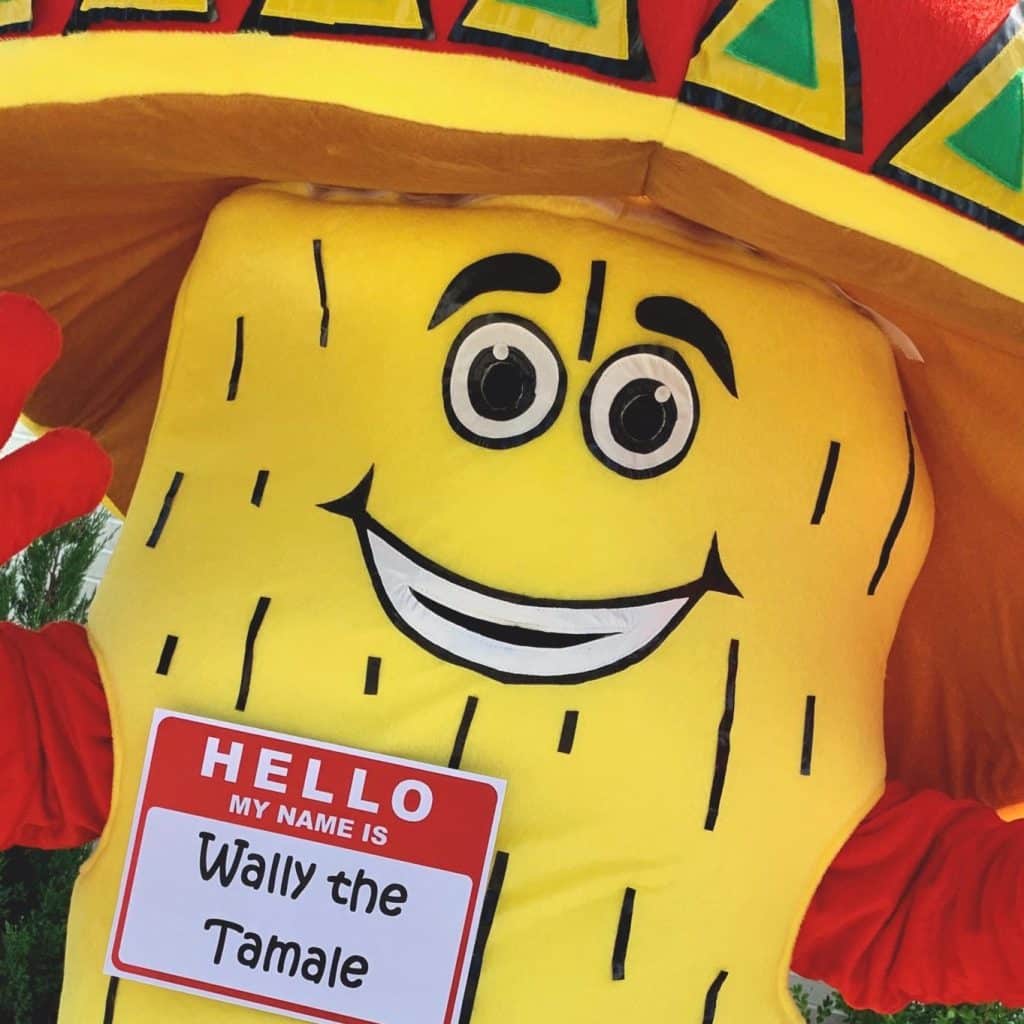Tamales are the food of legends and songs, and the only way to truly experience this tasty, handheld delight is to follow the famed Hot Tamale Trail throughout the Mississippi Delta.
The 350-mile Hot Tamale Trail features more than 50 stops in the Magnolia State. Tamales are so loved in Mississippi that they even have their own festival and mascot.

Trail locations range from small roadside stands to James Beard award-winning restaurants as part of a 2004 oral history project by the Southern Foodways Alliance. Originally born out of an idea to interview a few hot tamale vendors to bring attention to the regional dish and the small local businesses that still sell it, the concept evolved into something much greater.
“To tell these stories and highlight these foods, you’re not just saving recipes,” said Mary Beth Lasseter, co-director of the Southern Foodways Alliance. “You’re saving community stories and community values. Hyperlocal foods and recipes reflect in one way or another the local culture, family traditions, and area traditions. They tell stories about the people that make these foods and their histories.”
The Southern Foodways Alliance, a nonprofit research organization at the University of Mississippi’s Center for the Study of Southern Culture, has been collecting oral stories of tamale makers in the state. The center developed the trail which includes stops in Greenville, Rosedale, and Clarksdale, to document the thriving eclectic culinary scene throughout the Delta.
The largest concentration of hot tamale joints and shacks is in Greenville, which is celebrated as the tamale capital and not just in the Magnolia State. Coined as the “Hot Tamale Capital of the World,” the Greater Greenville Housing and Revitalization Association has thrown the Delta Hot Tamale Festival for more than 10 years. The 11th annual event is slated for October 19-21.
The soul-simmering celebration will include blues music, pageants, hot tamale eating contests, and hot tamale judging based on taste, texture, and consistency. According to the association, Greenville earned the title because it has more hot tamale restaurants than anywhere else in the world and has the most famous tamale eatery on the trail — Doe’s Eat Place.
Doe’s is a tiny, slightly dilapidated restaurant that was opened in 1941 by Dominick “Doe” Signa and despite its appearance, the ramshackle earned a James Beard Award for a simple but well-executed menu. And the hot tamales are wrapped in coffee filters and are considered the restaurant’s most celebrated dish. Today, Doe Signa, Jr. carries on the tradition his father started so many decades ago, ensuring Doe’s Eat Place’s station as a cultural and culinary icon.
Similar to the Mexican version but more pocket-sized, the Delta hot tamale is spiced cornmeal and meat, most often beef but can be pork, rolled up in cornhusk or parchment paper and simmered in a flavorful brine to keep them moist, delicious, portable, and rich in history. Recipes are closely guarded, and good hot tamales are a point of family pride.
There are several theories about how hot tamales came to the Delta, but local culinary historians agree it’s most likely that they originated with Mexican migrant workers, who swapped recipes with Black Americans more than a century ago. Another theory is tamales date back to indigenous American Indian cultures.
These days, it seems Bluesmen and hot tamales are a poetic, fiery combination. In Rosedale, the Mississippi Blues Commission marked the spot Blues musician and songwriter Robert Johnson created the 1936 song “They’re Red Hot” which is about a tamale vendor. The historic river town is known as the “Delta City of Brotherly Love” and there, you’ll find the White Front Café-Joe’s Tamale Shack in a little white building on the Great River Road. It’s been in business for over 50 years, and there’s only one menu item — piping hot tamales. Most patrons purchase their tamales by the dozen and take them to go, but there’s a small dining area for those who’d rather eat on-site.
In Clarksdale, just down the street from the famed Crossroads where Johnson is said to have sold his soul to the devil before penning his ode to the hot tamale, you can find Hicks’ World-Famous Hot Tamales on State Street. The owner of the landmark eatery, Eugene Hicks, has been satisfying the masses with hot tamales since 1973.
The Hot Tamale Trail is without upscale restaurants and the tamale joints are mainly small kitchens and roadside stands. In some, you’re served inside while others offer drive-through dishes, but in all establishments, there’s a variety of culture-rich food to fill up on so you can eat your way through the Mississippi Delta.
All photos are courtesy of the Southern Foodways Alliance.